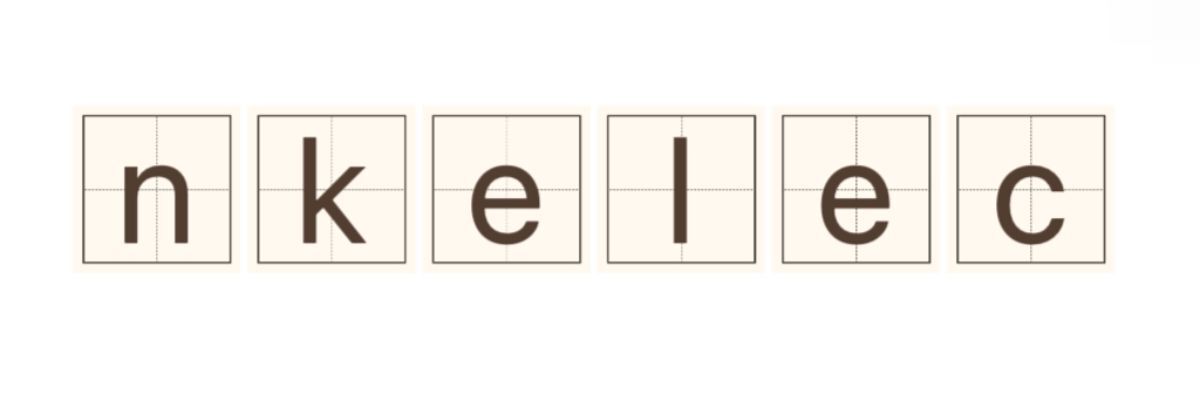How Can We Reduce Costs in Vietnam’s Injection Mold Manufacturing?
---.
### Cost-Effective Strategies for Injection Molding in Vietnam.
The injection molding industry is pivotal to Vietnam’s rapid industrial development, specifically for sectors like automotive, electronics, and consumer goods. As businesses strive to maintain their competitiveness in a globalized market, cost reduction becomes a significant focus. Companies looking to reduce costs in Vietnam’s injection mold manufacturing need to consider various strategies that can lead to sustainable economic savings. This article explores key methods to achieve cost efficiency in this sector.
#### 1. Optimize Material Selection.
One effective way to cut costs is to optimize the selection of raw materials. Vietnam's injection molding industry often relies on various plastics, which can differ significantly in price and quality. Working closely with suppliers to identify low-cost alternatives that do not compromise on quality is crucial. Recycling materials or using bio-based plastics can also contribute to cost savings. By conducting thorough research and testing different material options, companies can make informed decisions that align with their budget while maintaining product integrity.
#### 2. Invest in Advanced Technology.
Investing in modern technology, such as automated machinery and advanced mold designs, can yield significant long-term savings. While the initial investment may be high, these technologies enhance operational efficiency, reduce waste, and improve product consistency. For instance, using computer-aided design (CAD) software can help in creating more efficient mold designs, leading to shorter production times and less material waste. Embracing Industry 4.0 technologies—such as IoT and data analytics—can streamline processes further and provide real-time insights for better decision-making.
#### 3. Improve Production Processes.
Process refinement plays a critical role in reducing costs in injection molding. Implementing lean manufacturing principles can help identify and eliminate waste, optimize workflow, and enhance productivity. Analyzing each step of the manufacturing process can reveal inefficiencies that, when addressed, can lead to significant savings. Techniques such as value stream mapping and continuous improvement initiatives empower manufacturers to streamline operations and reduce cycle times, ultimately lowering labor and overhead costs.
#### 4. Workforce Training and Development.
The skill level of the workforce has a direct impact on manufacturing costs and product quality. Investing in training for employees can enhance their skills, leading to improved productivity and reduced error rates. Providing regular training sessions on the latest technologies, processes, and safety measures equips workers with the knowledge needed to perform their tasks efficiently. A skilled workforce can also contribute to innovation, helping to develop better processes or products that can further drive down costs.
#### 5. Strategic Outsourcing and Supplier Collaboration.
Consider strategic outsourcing as a cost-cutting measure. By collaborating with local suppliers, manufacturers can often negotiate better prices for materials and components. Understanding the supply chain dynamics in Vietnam can lead to cost savings without compromising product quality. Building strong relationships with suppliers promotes collaboration, enabling firms to get the best deals, negotiate payment terms, and utilize bulk purchasing discounts that can lower overall costs.
#### 6. Focus on Quality Control.
Quality issues can lead to significant costs, including waste and rework. Instituting robust quality control measures at each stage of the manufacturing process minimizes defects and ensures product reliability. Employing statistical process control (SPC) methods can help monitor production processes in real time, leading to quicker adjustments that prevent defects. Reducing defects not only saves on material costs but also enhances customer satisfaction and reduces returns, translating to better profit margins.
#### 7. Leverage Local Resources and Infrastructure.
Vietnam offers various advantages, including a robust local supply chain, government incentives, and proximity to key markets in Asia. Leveraging these resources and infrastructure can lead to substantial savings. Establishing operations in local industrial parks or utilizing government-supported facilities may reduce overhead costs. Also, staying updated about governmental policies can help businesses take advantage of any grants, tax incentives, or support provided for the manufacturing sector.
### Conclusion.
Reducing costs in Vietnam's injection mold manufacturing sector requires a comprehensive approach that integrates material optimization, technology investment, process improvements, and workforce development. By implementing these strategies, manufacturers can not only drive down costs but also enhance their competitive edge in a growing market. Embracing a culture of continuous improvement and innovation will ensure long-term sustainability and profitability in injection molding operations across Vietnam.
If you are looking for more details, kindly visit Vietnam injection mold design and manufacturing solution, ODM mold design and manufacturing Supplier, ODM plastic injection molding design Factory.
97
0
0

Comments
All Comments (0)